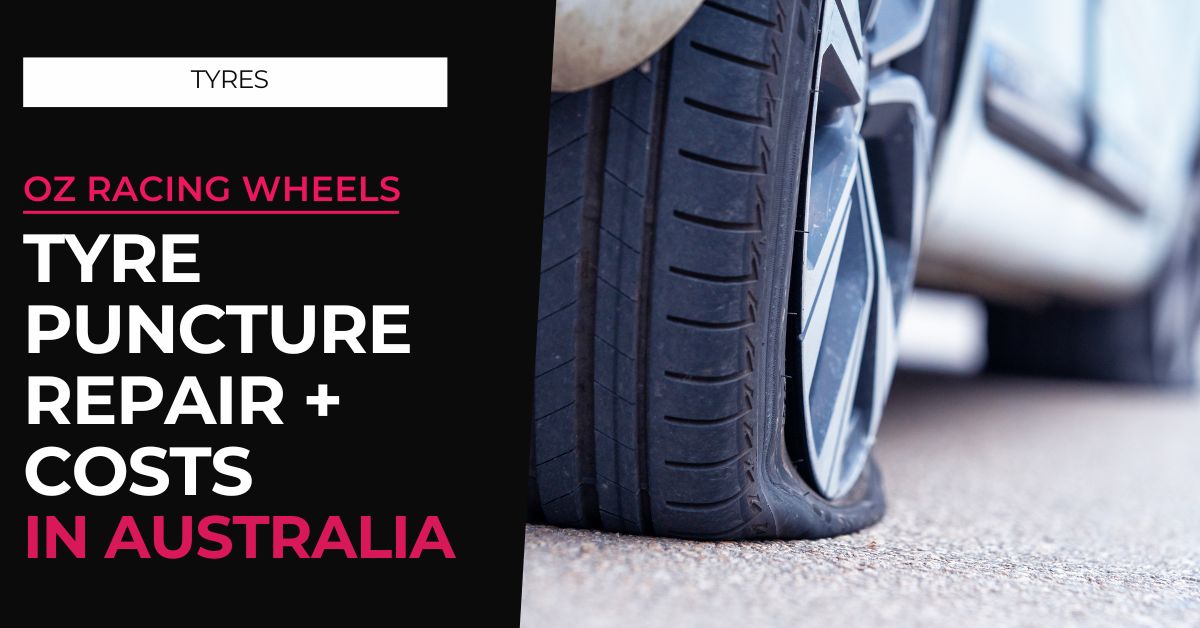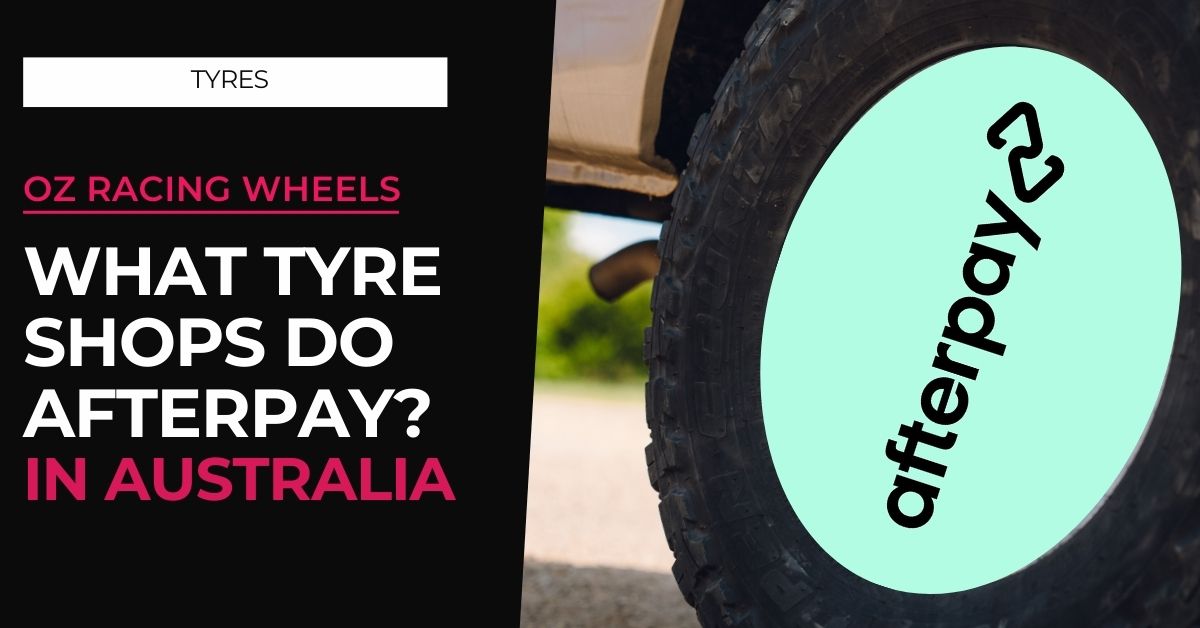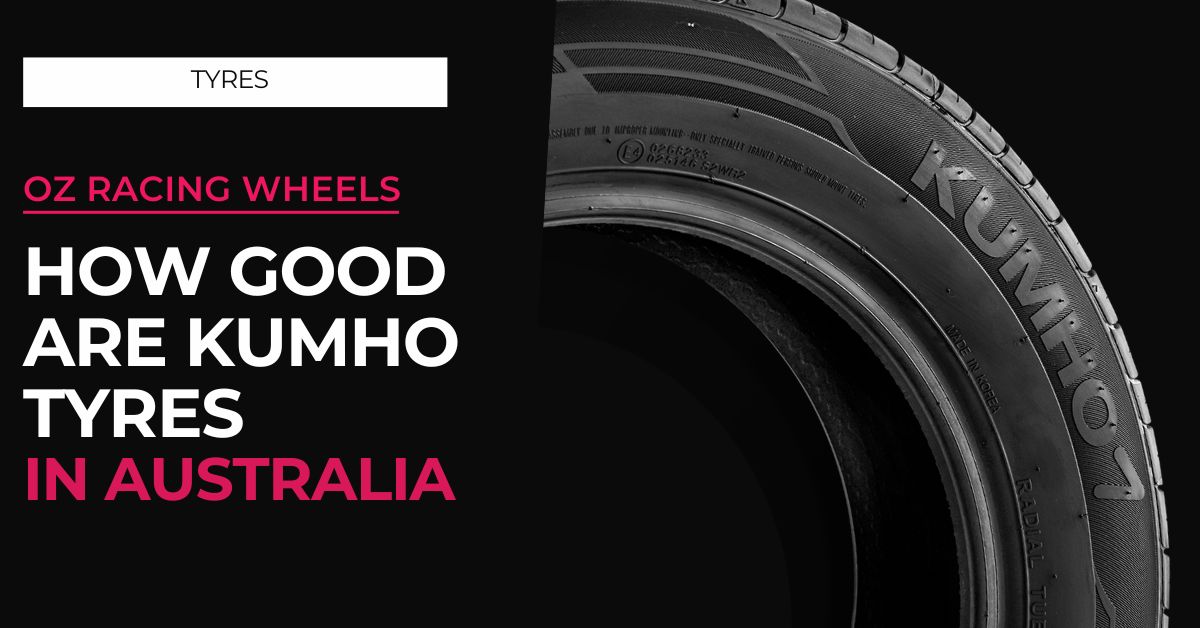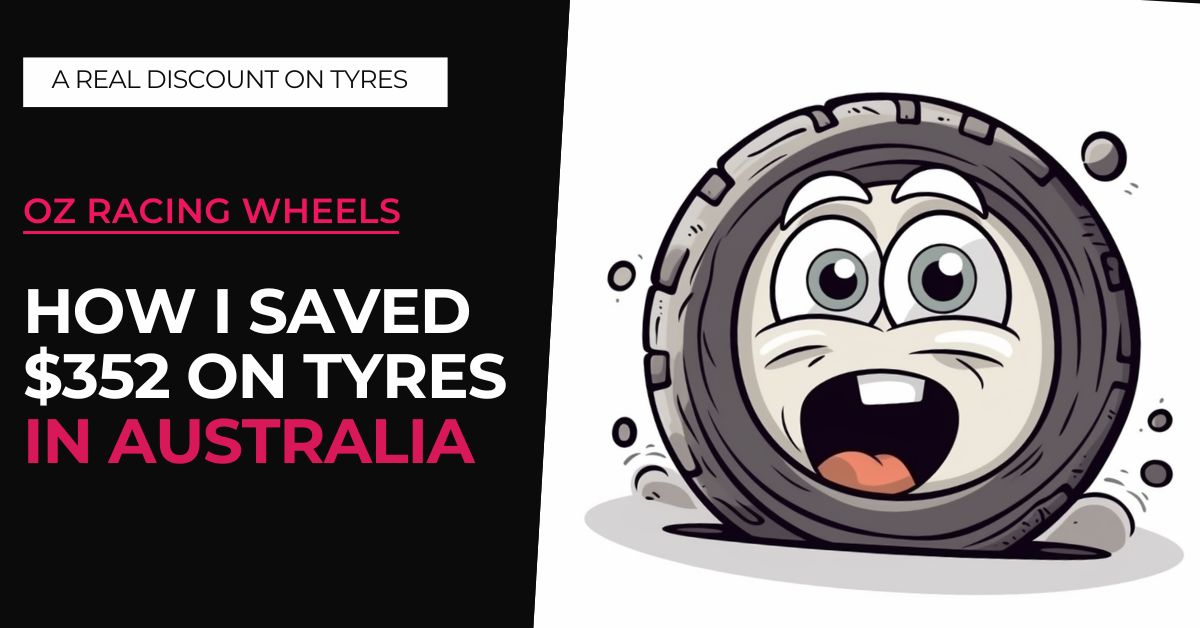The cost of repairing punctured tyres varies depending on your situation and where you are, but if fixable expect to pay between $35 and $50 at a tyre shop or upwards of $120 if you’re stuck at the roadside.
Whether you repair the puncture or buy a replacement tyre will depend on what caused the puncture and whether it’s repairable and if your tyre is worth repairing.
Let’s consider…
What caused the puncture and is it repairable?
Generally speaking, if a puncture is less than 5mm and within the tread area of the tyre it may be worth repairing.
If the damage is in or near the sidewall, or more extensive than 5mm, biting the bullet and replacing your tyre is a wise choice (read our guide on how to save money on car tyres in Australia).
At the roadside it may be hard to figure out the cause of the puncture, but look over the tyre for obvious nails or debris. Also check the tread depth – if it’s low, or you haven’t changed your tyres in a long time, then they could be end of life.
Did you know 1 in 3 cars on Australian roads (38%) have insufficient tread depth or legally worn out?
Worn tyres are the #1 cause of punctures in Australia, closely followed by #2 as road debris (screws, nails, and glass).
The #3 cause of punctured tyres in Australia is underinflated tyres, which should be a reminder to keep regular tabs on your tyre pressures to prevent punctures in the future (and save on fuel economy).
Is your tyre worth repairing?
Don’t be afraid of the cost of replacing your car tyres.
We tend to see tyres as expensive, but most Australians overspend on premium brands of tyres unnecessarily. A decent mid-range tyre is perfectly adequate for Australian roads and will often cost half the price of a premium tyre rated for speeds you can only achieve at Mount Panorama or Bathurst.
If your tyre tread is low or the puncture is near the sidewall or excessive in size, forget about having it repaired.
$50 may seem like a better deal than $150 on a mid-range replacement, but it’s not if the tyre doesn’t have much life left.
You may even find replacement tyres from $100 for an average road car, and it’s worth nipping over to Tyroola and seeing what you would pay for a replacement.
Is a tyre puncture repair safe?
Yes, tyre puncture repairs are safe – but only when done correctly.
A proper plug-and-patch repair by a professional should be reliable and meet safety standards. If your punctured tyre has a lot of tread left, it’s well worth repairing.
However, sidewall punctures, large holes, or damaged tyres should never be repaired.
If in doubt, get a tyre shop to check it, and take their advice.
What affects the cost of a tyre repair?
Roadside puncture repairs always cost the most, but most of the time tyre punctures occur at the roadside.
If you have a spare, replacing the wheel and driving your car safely to a tyre shop can save you up to $100.
Tyre inflators which fill your tyre with gunk and temporarily seal it may seem like a good idea at the roadside, but these can be problematic, cause more damage than they’re worth, and likely prevent a repairable puncture being repaired at a tyre shop. Many tyre shops flatly refuse to repair a tyre which has been sealed with gunk.
Expect to pay more for a tyre puncture repair in Australian cities than you would in the country.
The cost of a tyre puncture repair will vary based on the reputation of the tyre shop as well as the quality and speed of service they provide.
Replacing a tyre may incur additional costs, so make sure you ask in advance:
- Wheel balancing ($10–$25 per tyre) – Sometimes wheel balancing is included, and sometimes you pay extra. It’s a common extra cost to ensure the wheels rotate as they should and your tyres last as long as possible from even weat.
- Valve replacement ($5–$15 per tyre) – If a valve is damaged or leaking, you’ll need a new one.
- Tyre disposal ($5–$10 per tyre) – Not a common cost these days, but some tyre shops may charge you to dispose of an unrepairable tyre responsibly.
- Wheel alignment ($50–$120) – Not always necessary although many tyre shops will insist this is necessary (it’s extra money for them), but if your car pulls to one side then it’s a good idea.
- Run-flat or low-profile tyre handling ($10–$30 extra per tyre) – Low profile tyres look cool, and run flats may sound like a good idea, but these tyres are trickier to fit or repair, which means you’ll inevitably pay more.
How is a tyre repaired?
Here’s a quick rundown of how a typical tyre puncture repair goes down:
- Removal – The technician removes the tyre from the rim and checks for damage. If you’ve got run-flat tyres, you might get a thumbs down as they’re often not suitable for repair.
- Inspection – The inside and outside of the tyre are examined to make sure there’s no other damage. If the tyre’s compromised beyond the puncture, you’ll need to replace it.
- Cleaning – The puncture is cleaned to remove debris and to make sure the fix is secure.
- Plug insertion – A rubber plug is inserted to fill the hole. This seals the puncture and prevents air escaping.
- Patch application – A patch is applied on the outside with rubber cement to create a lasting seal and reinforce the plug.
- Rebalancing – Once the repair is done, the tyre is re-mounted and balanced. This makes sure it handles smoothly when back on the road.
How to prevent tyre punctures in the future!
Let’s end this guide on some useful tips to prevent getting a tyre puncture in the future.
- Regularly check your tyres to make sure the wear is even and tread is sufficient (buy a tread gauge as a useful and cheap tool). Regular checks = fewer surprises.
- Regularly check tyre inflation. Tyres with too much pressure or too little pressure are more prone to punctures, and will wear much quicker.
- Get a roadside assistance plan like RAC which includes puncture repairs. Keep in mind many policies are cheaper if you don’t plan to head out into the middle of Australia.
- Don’t overload your car. The more weight you carry around, the more strain you’ll put on your tyres.
- Keep an eye out for poor roads, and avoid pot holes and debris.
Happy driving!




